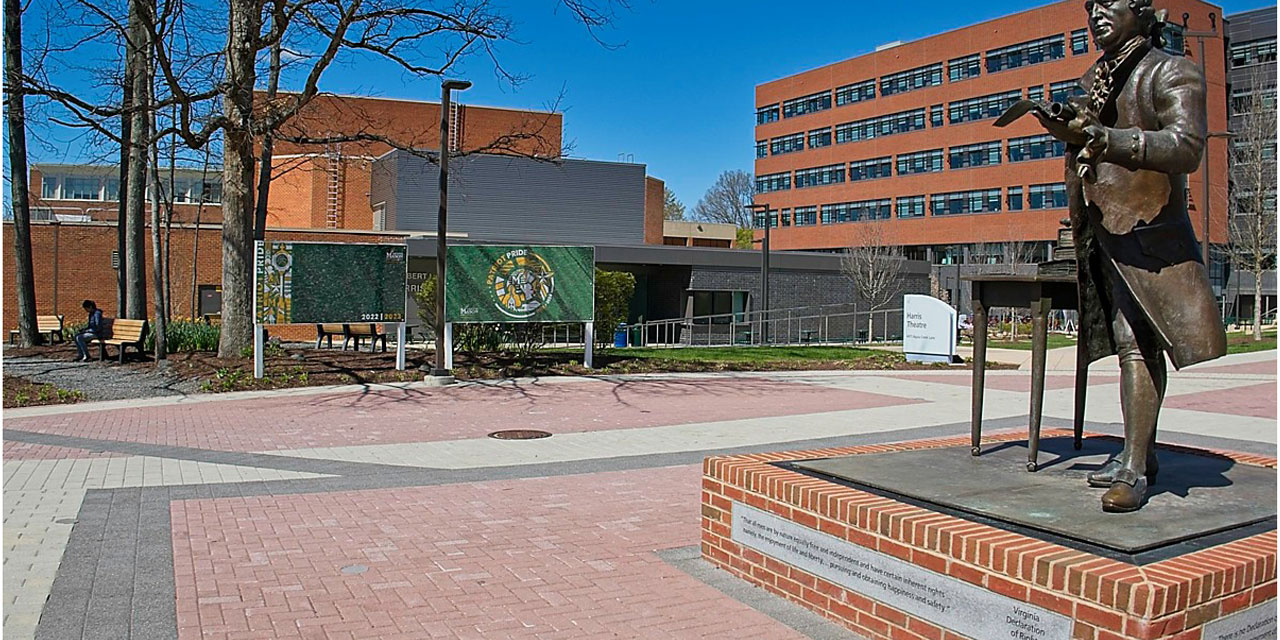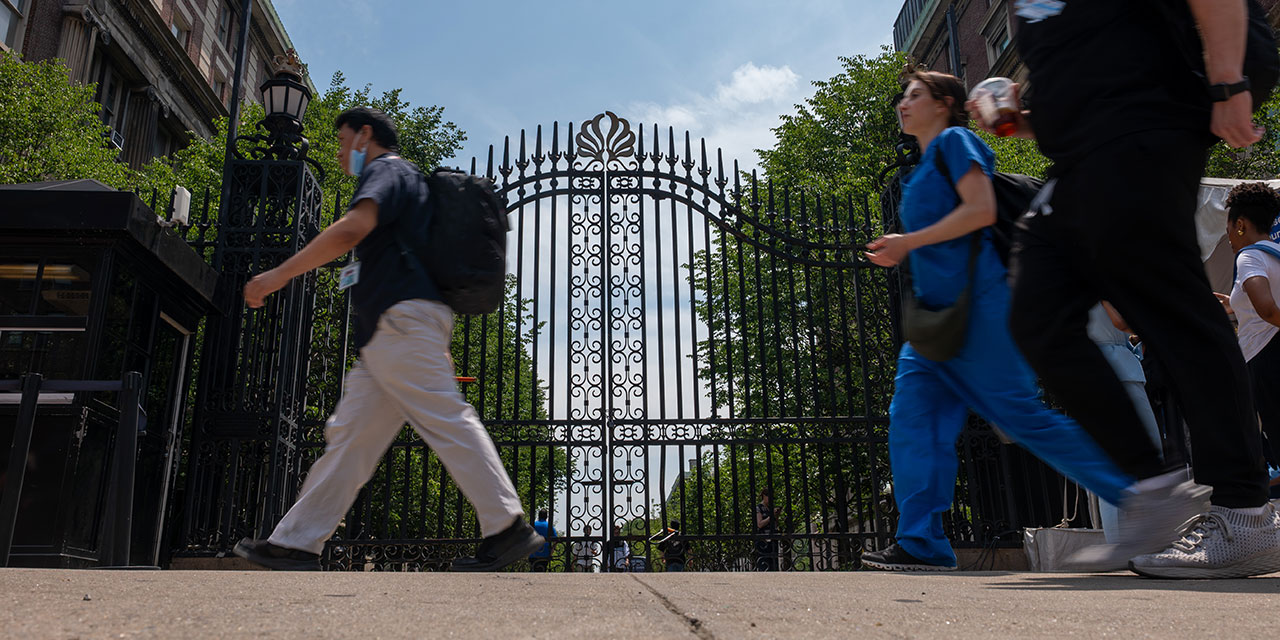Alabama governor George Wallace infamously proclaimed “segregation now, segregation tomorrow, segregation forever” and stood in the schoolhouse door to try to block the integration of the University of Alabama in defiance of the Supreme Court’s landmark Brown v. Board of Education ruling and other court orders. Harvard University is a bit more subtle.
After the Court ruled against it in its June Students for Fair Admissions (SFFA) decision, striking down racial preferences, Harvard seized on one line at the end of Chief Justice John Roberts’s majority opinion to hint at the Ivy League’s version of the South’s “massive resistance” to Brown. “Nothing in this opinion,” Roberts wrote, “should be construed as prohibiting universities from considering an applicant’s discussion [in an admissions essay] of how race affected his or her life.” Ignoring the language immediately after this, that “universities may not simply establish through application essays . . . the regime we hold unlawful today,” Harvard issued a statement within two hours of the decision, quoting only the first sentence and sarcastically adding, “We will certainly comply with the Court’s decision.”
Finally, a reason to check your email.
Sign up for our free newsletter today.
As I noted last month, the chief justice’s language closing this potential loophole was airtight, tracking the very language used by plaintiff’s lawyers at argument. Not only did Roberts expressly write that colleges couldn’t use essay answers as a proxy for the now-prohibited consideration of race; he also added that any admissions boost based on a student’s story of overcoming racial discrimination or of his heritage or culture “must be tied to that student’s courage and determination” or “that student’s unique ability to contribute to the university” (emphases his). Even the dissenting justices did not see the essay reference as any sort of loophole but rather as “an attempt to put lipstick on a pig.” As conservative commentators like Ilya Shapiro and Ed Whelan have observed, allowing racial discussion in essays was “unavoidable,” since there can’t be a federal constitutional ban on essay topics.
But none of this has stopped Harvard and other elite schools from giving post-SFFA racial discrimination the old college try. Harvard has now unveiled a drastically overhauled application process for the 2023–24 admissions cycle, replacing an optional non-word-limited essay on any topic of the student’s choice with five required 200-word-limit essay answers to specific questions. The first question reads: “Harvard has long recognized the importance of enrolling a diverse student body. How will the life experiences that shape who you are today enable you to contribute to Harvard?”
Students applying to Harvard are smart enough to understand the obvious allusion to the Court’s decision, and thus also smart enough to understand how the reference to “a diverse student body” makes crystal clear which “life experiences” Harvard insists on hearing about from every applicant. And the 200-word limit does not allow enough space to develop how “that student’s courage and determination” in overcoming discrimination is “tied to that student’s unique ability to contribute to the university.” Harvard might as well have written: “Tell us your race in 200 words or less.”
Does this mean that Cornell law professor William Jacobson was right when he predicted that Harvard would take the “narrow opening” provided by the Court’s essay reference and “drive an affirmative action truck right through it”? Not necessarily. Rather, by so obviously defying the Court’s admonition that colleges may not use application essays as a ruse to maintain racial preferences, the smart guys and gals at Harvard may have outsmarted themselves, paving the way for a swifter end of that regime than anyone had anticipated.
Everyone, including Students for Fair Admissions founder Edward Blum, has long known that victory in the Harvard case would be merely “the end of the beginning,” and that more, often protracted, litigation would be required as higher-ed pooh-bas devised “workarounds to maintain their system of racial spoils.” (It took a good 15 years fully to implement Brown faced with Southern resistance.) But a big factor in this expectation has been the assumption that these workarounds would be subtle enough that their impact would not be noticeable until at least next year’s admissions decisions were in, and that it might then take a prolonged discovery process to ferret them out. Thus, lawyers were prepared for the kind of detailed examination of admissions procedures and statistical analysis of the results as occurred in the Harvard case itself.
However, Harvard’s revamped applications process is so blatantly defiant of the Court’s dictate that it could be struck down on its face and preliminarily enjoined now, without years of discovery. Of course, Harvard would probably win this case at the district court and circuit court of appeals levels, just as it won the original case there. (A Massachusetts lawyer joked at the time that the federal court system in New England is a wholly owned subsidiary of Harvard.) But the Supreme Court might well hear an appeal of the denial of a preliminary injunction, since the justices don’t like it when losing litigants thumb their noses at them, as Harvard has done here. Taking the case would also allow the Court to send an important message that it meant what it said, and that it won’t look favorably on further attempts to avoid its ruling. This would have a nice dampening effect on the resistance, and hasten the day when, as the Court said, “race-based admissions programs . . . must end.”
Photo by Ziyu Julian Zhu/Xinhua via Getty Images




